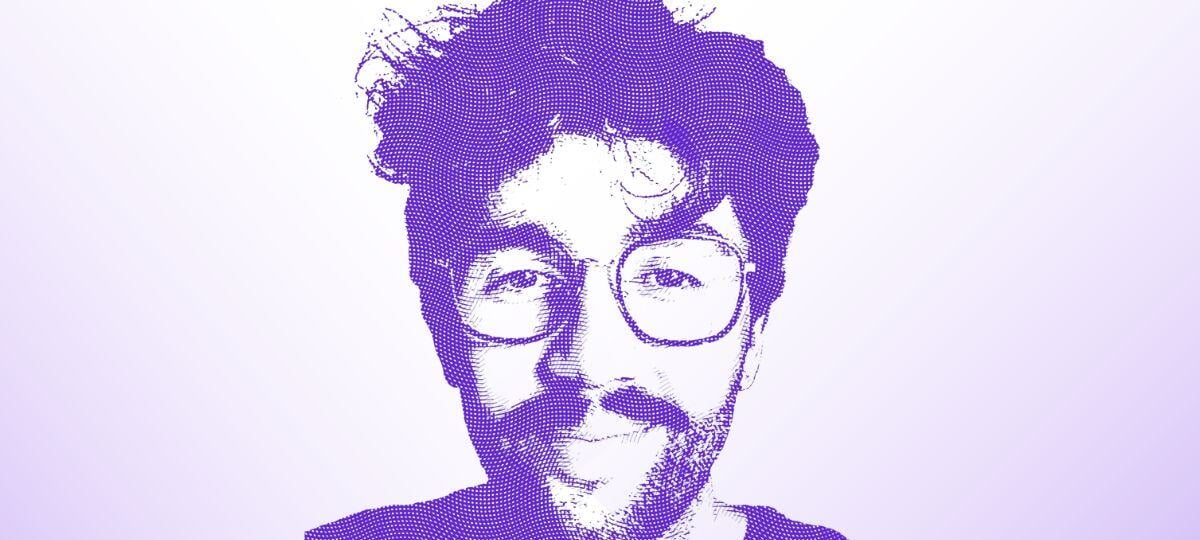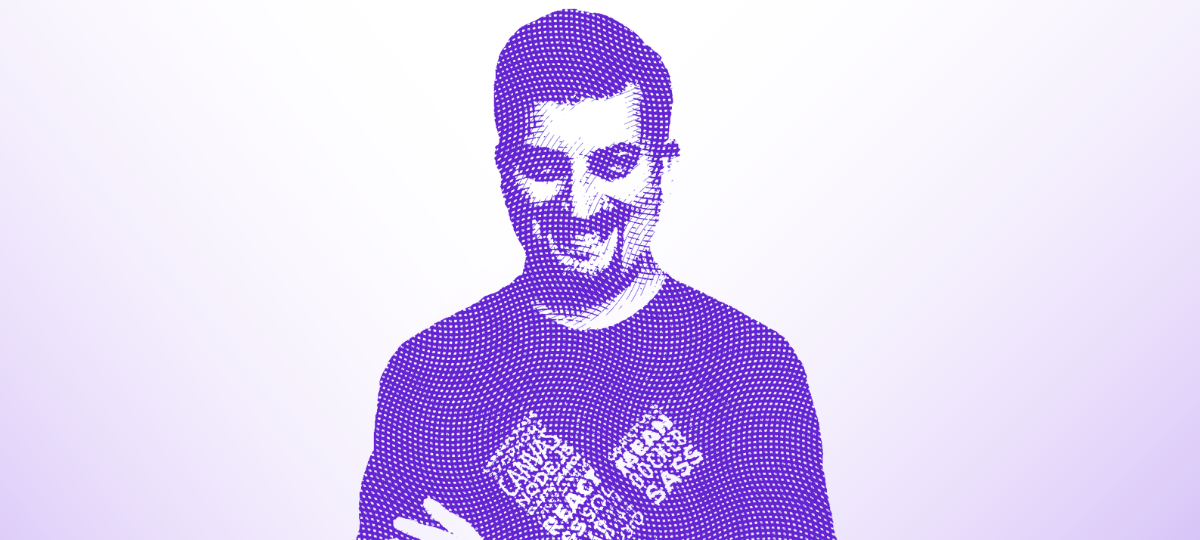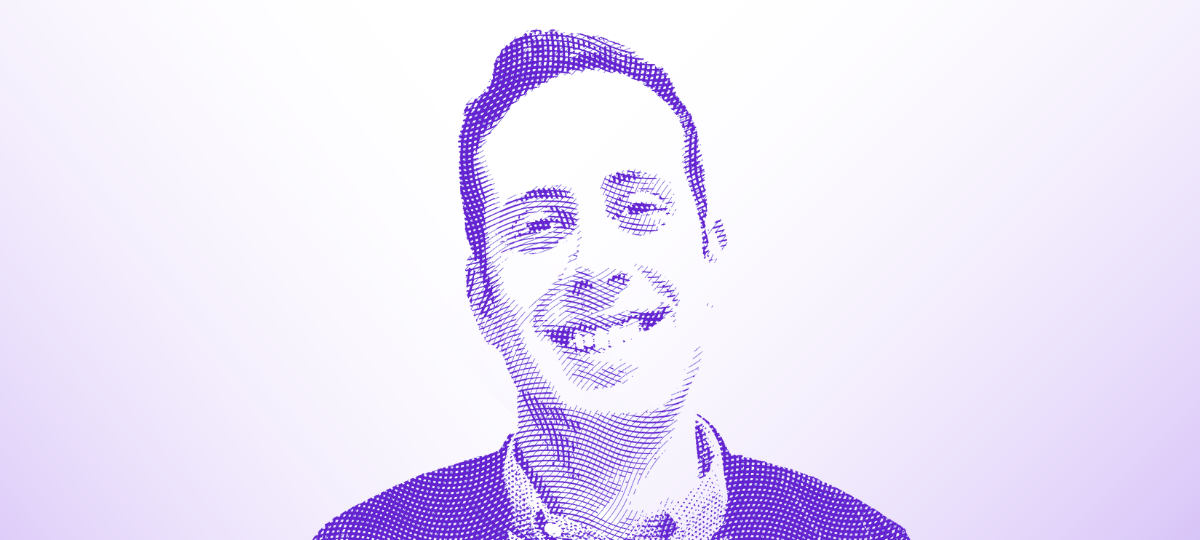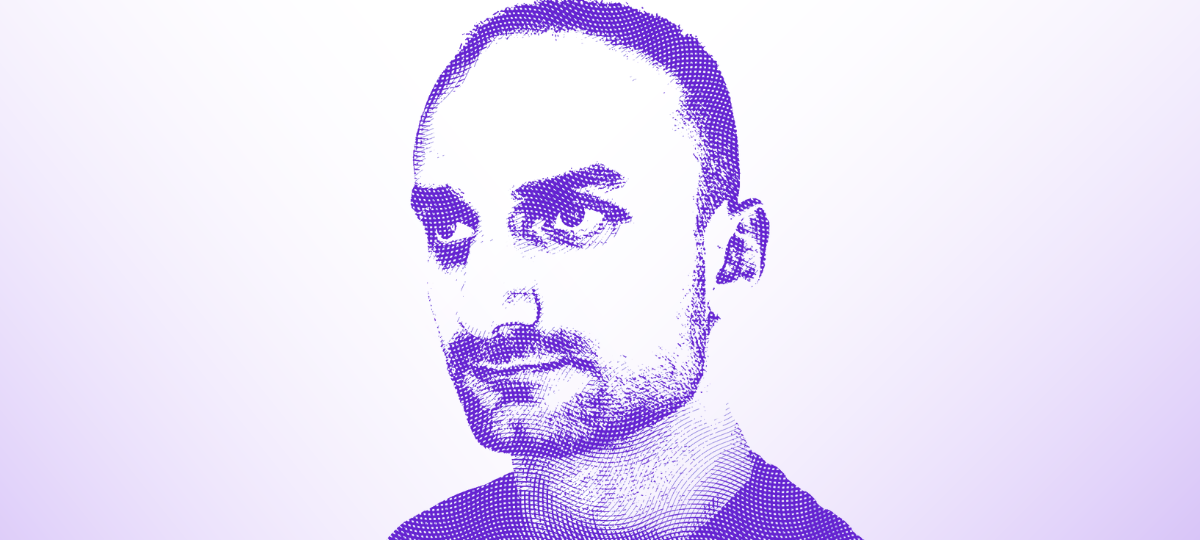
Charles Postiaux is a UI/UX designer at X-Team who's also a passionate photographer. His photos have been viewed over 160 million times (!) on Unsplash. In this interview, we discuss how he got into photography, what gear he uses, and what he would recommend to a beginner photographer.
How long have you been into photography and what sparked your initial interest?
I got into photography when I was studying 3D & VFX (special effects) in Paris. I was only in Paris for six months, but it fundamentally expanded my skills and creative thinking capabilities, because we were studying both digital (3D, After Effects, Photoshop) and traditional art (Photography, Video, Storyboard).
The school provided us with a basic camera and a lens for our photography class. We had to take a few shots based on a theme we'd come up with at the beginning of the class. A theme could be product photography, lighting, long exposure, architecture, etc.
I'd never been interested in photography before, but something clicked when I got that camera into my hands. I tried to snap photos that had depth and interesting angles, and was fascinated with how something quite normal in real life could look amazing in a photo.

In design, there's no limit to the work you can create. Sometimes, it's overwhelming to face a blank page and realize you will have to choose one design over the innumerable other designs you could choose. Photography is the same. The whole world is your subject, where every second that passes yields a different picture and every step gives a different angle.
What really sparked my interest, and why I love creativity so much, is that you can create your own story. There are an infinite number of ways you could do something, but you can only pick one. You are in total control of this choice, and I love this mix of freedom and heavy pressure.
Total freedom and heavy pressure. That's a great way to put it. What are your favorite topics to photograph?
I usually only photograph during my trips abroad. Not because I don't like what's in my hometown, but because I don't see things the same way. When I visit a foreign country, everything is new and different. I have no context to understand what can be filtered out, and so my eyes see things differently.
When you look at my photos, you'll notice that I usually photograph architecture. But the photos you see are only the 1% that have made it through. There are thousands of photos that I initially thought would look good, but that didn't make the cut in the end.

Frankly, I don't know what my favorite topics to photograph are. I just photograph what I think would look good. And, to me, a good photo is one that I can come back to at any point in my life and still enjoy looking at.
So I don't grab my camera knowing what I'll capture. I don't restrict myself to a specific topic, because I could miss a lot of great shots doing so. Yes, most of my photos are of architecture, but that's because the subject looks good on its own. It's easy to take a photo of a beautiful subject, but harder to take one of a subject that's overlooked.
Why did you decide to put your photos on Unsplash?
What's the point of photos if not to share them? In my opinion, art is only art when it's shared. And Unsplash is one of the best ways to share your pictures.
I briefly wondered whether I should monetize my work. While I thought it was a good idea, I ultimately decided against it. First, because I didn't think my photos were good enough to be sold. I shared them on Unsplash to learn more about photography.
Second, because I didn't know if the market wanted what I was capturing. The best way to know if what you make is valuable is by putting your creations out there and see if people like it or not. Unsplash is great because lots of people want free photos and lots of people post photos. If my photos would become popular on the platform, I would know I'm creating something that people want.
Different from Instagram and Behance, which are really crowded platforms, Unsplash allowed me to achieve all my goals while also making a (small) positive impact on someone's life with free photos for their projects.
With over 160 million views for your photos, it seems like the market likes what you do! What's your favorite photo?
Now that's a tough question. I love most of the photos I've put on Unsplash. Choosing one is really difficult, but I think I'll go with this one:

That's a stunning shot. Do you have particular photographers that you look up to?
Not really. I followed many photographers when I first started taking photos, to see how they would edit and take their shots. But after a while I realized they had different goals than me. Each photographer has a brand and a unique style they had to maintain, while I'm still trying to find my style.
So, sure, you can look up to others for fundamental skills and techniques, but at the end of the day, we all have different goals, thoughts, and experiences that create who we are. While you can learn from others, you still have to do the work.
A great analogy is push-ups. You can read about them, learn about them, buy fancy equipment, and figure out ways to optimize them, but ultimately you'll still need to do them. It's the same with photography. The fanciest equipment and tips won't necessarily give you the best shots. It's experience that does.
Still, talking about equipment, what camera gear do you use?
I usually only travel with a backpack or two, so my gear has to be light. All I travel with are a second-hand Canon 5D Mark II, a UV filter in case it's too bright outside, and a Canon EF 50mm F/1.8 STM lens, which I think is the cheapest lens you can get from Canon.
That's all I use and it works great for me. I believe that being able to improvise is one of the most important skills to develop as a photographer. Fully learning how to use your gear allows you to improvise and adapt. But I might upgrade my camera gear at some point, mostly because I now know better what gear I need.

You're a UI/UX designer for X-Team. How does your passion for photography fit into your work?
Photography taught me how to compose, how to edit, how to figure out the right balance, and how to tell a compelling story. All these things have deeply impacted my career in design.
But I didn't know that photography was having an impact on my designs until one of my mentors told me. He said I had a natural ability to design because I was a photographer. It reminded me of that Steve Jobs quote: “You can't connect the dots looking forward; you can only connect them looking backwards.”
Photography and design are fundamentally similar, because they're both about colors, visual balance, and storytelling. While I still have a lot to learn about design, my photography skill helps me come up with designs that I would never have been able to come up with otherwise.
That's why it's so important to stay open-minded, hungry for new knowledge, so you can create a set of skills that no one else has.
To a beginning photographer, what's your single biggest tip to help them improve?
Know what you want. Think about the style you want and what story you want to tell. Then, it's all about the work. Go out there and take pictures. There are no shortcuts.
Do you want to join a company full of talented people like Charles? You can! X-Team is always looking for experienced developers. Send through your application today.
TABLE OF CONTENTS



